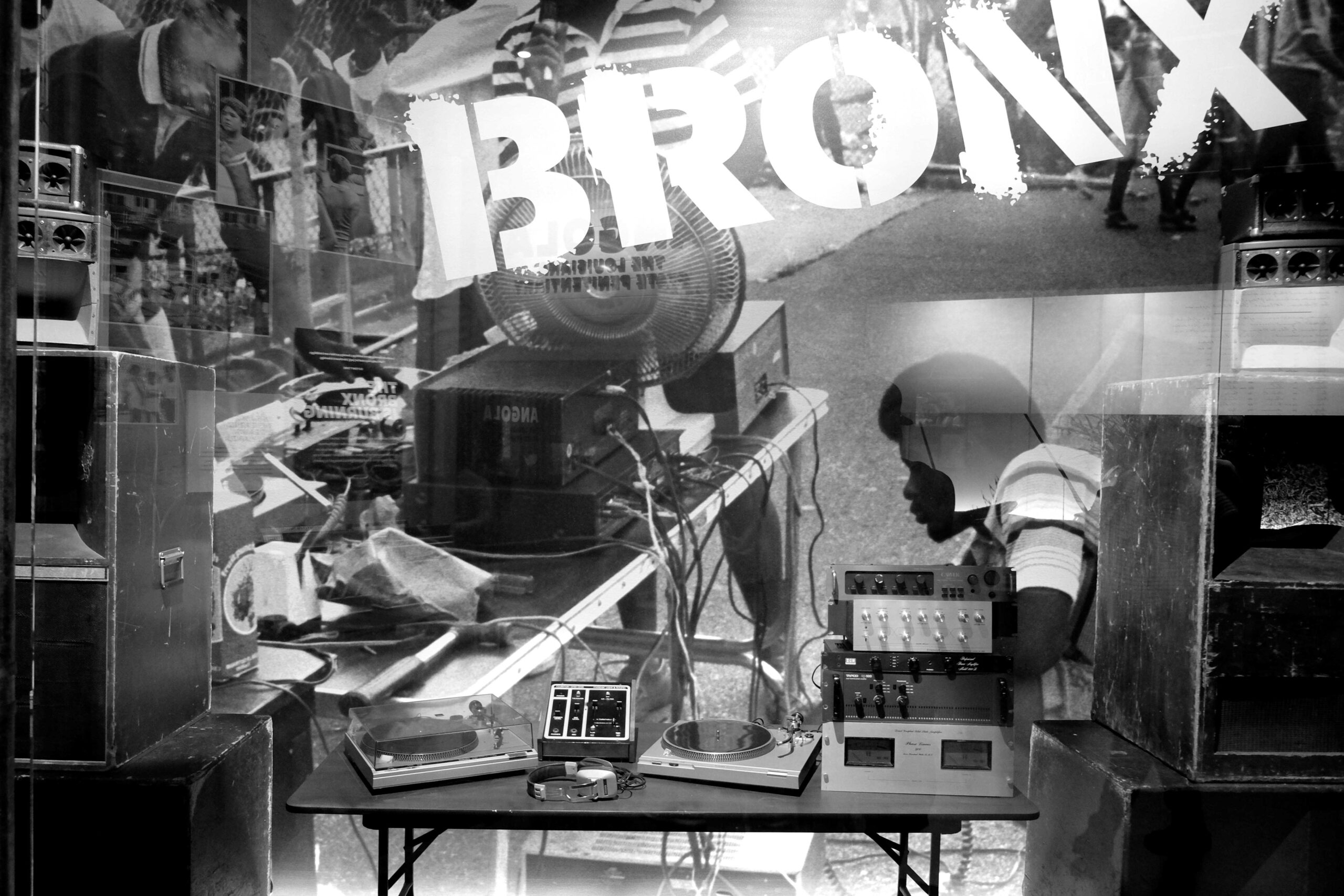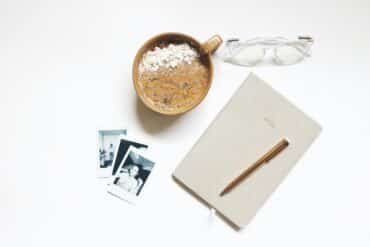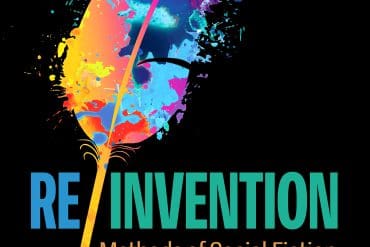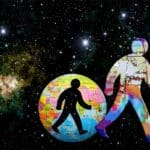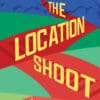Have a Question about Autoethnography? Ask an AutoEthnographer
Because The AutoEthnographer understands that so many of our readers come to our magazine as newcomers to and/or students of autoethnography, we want to become a trusted source of knowledge. As of January, 2023 readers can submit questions below and one or more members of our international editorial team of scholars, artists, and performers will respond with answers!
New to autoethnography? Visit What Is Autoethnography? How Can I Learn More? Interested in contributing? View our editorial board’s What Do Editors Look for When Reviewing Evocative Autoethnography? And check out our Submissions page. View Our Team to learn about our editorial board. Please see our Work with Us page to learn about volunteering at The AutoEthnographer. Visit Scholarships to learn about our annual student scholarship competition.

Additionally, readers can now invite an autoethnographer to speak in their classrooms, clubs, organizations, and more! Our editorial board is looking forward to sharing their expertise with you!
To invite a member of our editorial board to speak to your group, please contact [editor at theautoethnographer dot com]. To ask a question, use the comment area below.
You may also find the following articles from our magazine to be useful:
- What Is Autoethnography? How Can I Learn More?
- What Do Editors Look for When Reviewing Evocative Autoethnography?
- What Is Social Fiction? Talking Re/Invention with Patricia Leavy
- Storytelling as Academic Writing: How to Embrace Creative Nonfiction
- Autoethnography and Culture: Exploring Embodied Inquiry with Celeste Snowber
- Opening Folklore: How Can We Shift Social Sciences Via Autoethnography?
What Is Autoethnography?
Excerpt from What Is Autoethnography? How Can I Learn More? by magazine founder and Editor-in-chief, Dr. Marlen Harrison:
Autoethnography is a method of qualitative inquiry that unites autobiography (telling about one’s life) and ethnography (studying culture) by utilizing lived experience as evidence with which to explore cultural phenomena. As such, the researcher is typically the lone participant in an autoethnographic study, recognizing that critical exploration of one’s own experiences can provide cultural insight in a way that quantitative or large scale studies cannot. Similarly, autoethnographers understand that just as critical exploration of culture can illuminate one’s lived experiences as part of that culture, our research and inquiry can shape us just as much as we shape it.
Towards the end of the 20th century, challenges to traditional hegemonic cultural scholarship asked the questions, “How different would cultural research be if the researcher were neither a cultural outsider nor absent from the reporting? What would the research look like if the researcher were openly a member of the culture being researched?” Essentially, autoethnography shifts the lens of observation and analysis from the outsider to the insider. As such, autoethnography is a form of qualitative inquiry that acknowledges and capitalizes on the researcher’s insider knowledge, biases, subjectivities, etc. rather than trying to assume an impossible objectivity. Likewise, it gives the subject a voice, the opportunity to speak from a first-person “I” perspective.
An Example
Autoethnography, like other methods of inquiry, can begin with a question related to culture. For example, my article “The Closet in the Classroom” responds to the question, “What was it like being a queer, gaijin sensei (foreign teacher) at the turn of the millennium in Western Japan?” Using story to report cultural experience, “Closet” autoethnographically presents the anxieties, choices, and progress I made understanding how to construct, reveal, and perform a queer sexual identity in light of my developing teacher identity.
Additionally, evidence is required. This can be the utilization of already existing artifacts such as photos or diaries, or the creation of new evidence via narrative or creative expression. For example, in my article “Closet,” I re-tell key moments from my life in Japan. This type of storytelling as evidence is known as narrative inquiry. There are other pathways to creation of evidence though: poetic inquiry, photographic inquiry, dance performance, etc. However, sometimes autoethnography is presented solely as story or art (evocative autoethnography). Other times the evidence is also discussed and evaluated to further examine meaning (analytical autoethnography).
Variations
Though I suggested that autoethnographies are often single-authored works, variations exist. Autoethnography CAN be performed as duoethnography (e.g. Autoethnographic Literary Nonfiction: When Your Student Goes to War), multi-voiced (multiple authors performing autoethnography, e.g. Can Writing Be Wrong? Collaborative Autoethnography as Critical Reflective Practice), and even as a self-reporting and analysis method for participants completing qualitative studies (e.g. Discovering Voices).
Research over the last 4 decades, such as the resources listed below, has illustrated how autoethnography is a powerful tool for critical, cultural, personal, and professional reflection and expression. I believe that autoethnographic creative expression can educate, heal, inspire, illuminate, and challenge.
Featured image by geralt for Pixabay
Founder and Editor-in-Chief of The AutoEthnographer, Dr. Marlen Elliot Harrison is an instructor in the fields of English and Education whose autoethnographic writing has appeared in a diverse array of publications including Writing on the Edge,Reflections on English Language Teaching, The Qualitative Report, and Qualitative Research in Psychology. As a journalist, Marlen was the managing editor of the international beauty website, Fragrantica, as well as contributor to publications such as Playboy, Business Insider, The Wall Street Journal, ESL Magazine, The New York Times, Basenotes, The Language Teacher, and Men’s Health. As an academic and cultural researcher, Marlen has enjoyed contributing to projects at Smithsonian’s National Museum of the American Indian, Finland’s University of Jyväskylä, and the Japan Association for Language Teaching. Having taught and guest-lectured at leading institutions such as Doshisha University (Japan), Florida International University (USA), and University of Helsinki (Finland), Marlen is currently pursuing an MFA in Creative Writing from Southern New Hampshire University where he also teaches in the online MA English programs. Having called Japan, UK, Malta, and Finland home, he now lives in Florida with his husband and dog. Learn more at http://marlenharrison.com.


